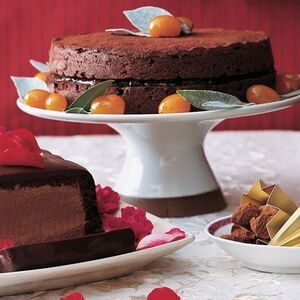Ingredients
Equipment
Method
- Line a baking sheet with parchment paper; set aside.
- In a small bowl, whisk together the egg white and water until lightly frothy and combined.
- Pour the superfine sugar onto a shallow plate or dish.
- Take one fresh bay leaf at a time and, using a small pastry brush or your fingers, thinly coat both sides of the leaf with the egg white mixture. Ensure an even, light layer.
- Immediately dredge the coated bay leaf in the superfine sugar, turning to cover both sides completely. Gently shake off any excess sugar.
- Carefully transfer the sugared bay leaf to the prepared parchment-lined baking sheet, arranging them in a single layer without touching.
- Repeat the coating process for all remaining bay leaves.
- Allow the sugared bay leaves to air-dry at room temperature for at least 4-6 hours, or preferably overnight, until they are completely crisp and dry to the touch. Ensure good air circulation.
- If air is very humid, you may place them in an oven preheated to its lowest setting (around 150°F/65°C) with the door slightly ajar for 30-60 minutes, monitoring closely to prevent browning.
- Store the completely dry sugared bay leaves in an airtight container at room temperature for up to several weeks.
Notes
For optimal results, ensure your bay leaves are fresh and free from pesticides. Achieving an even, thin coat of the egg white mixture is crucial for the sugar to adhere uniformly. After coating with sugar, arrange the leaves in a single layer on parchment paper; allow ample air circulation for thorough drying. If humidity is high, a very low oven (around 150...and so on for the content of your response as well, it should be a pure JSON string following the schema.
